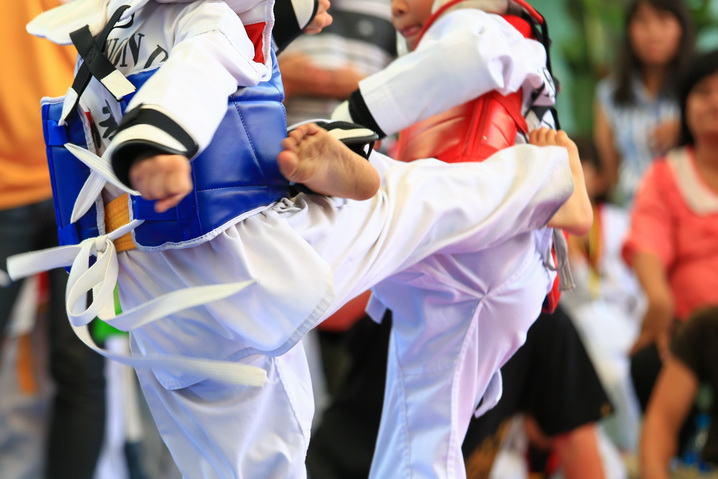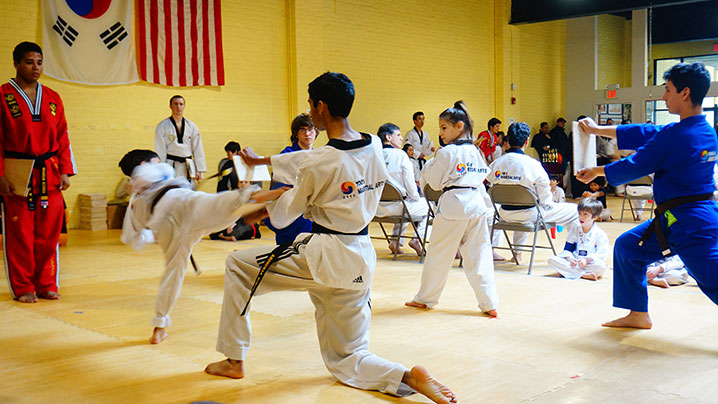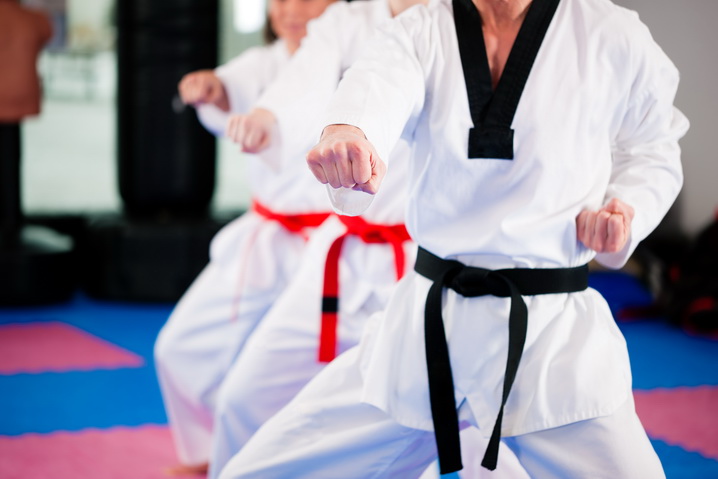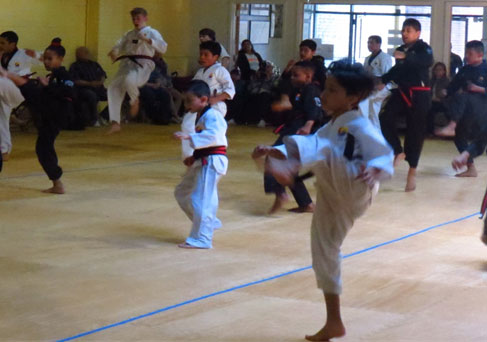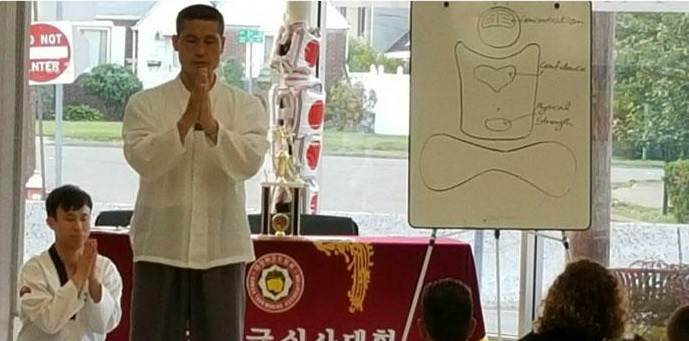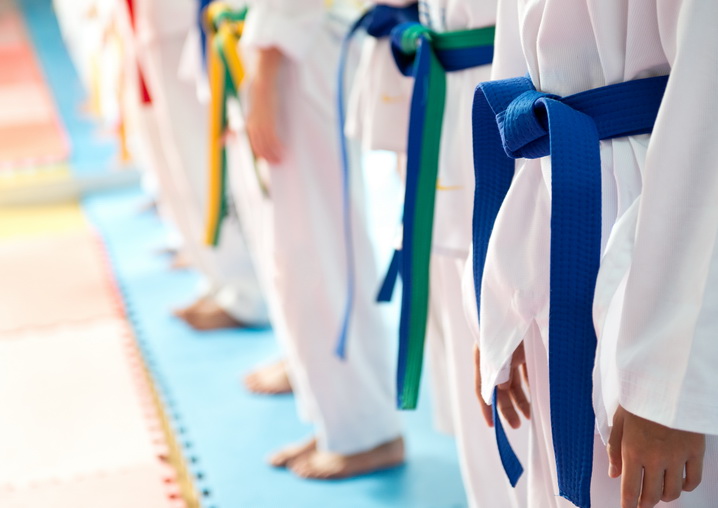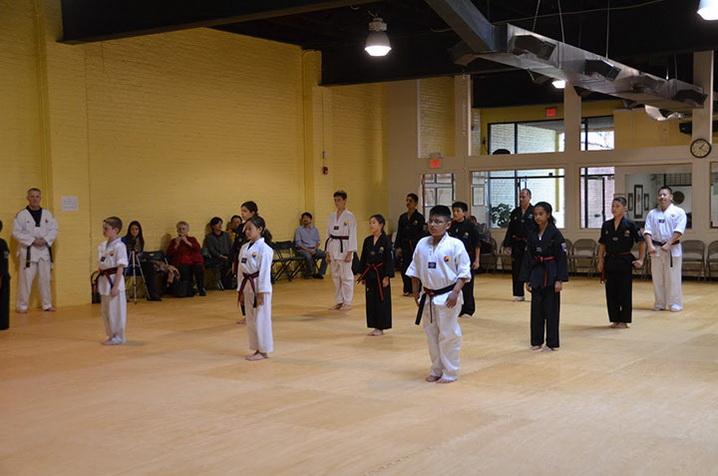The Techniques, Forms and Lifestyle of Taekwondo
Taekwondo tradition requires that students wear belts that represent the levels of skill they possess. Belts of a solid color indicate a student has mastered this level, while belts that are striped indicate mastery in progress. All students begin with the simple white belt that represents innocence. As their training progresses they earn different colored belts.
The philosophy Of Taekwondo | Martial Arts
Building a more peaceful world is the philosophy of Taekwondo. It all starts with the individual. The foundation of the sport is the individual. The art of Taekwondo strives to build the personality, positive morals and character of the participant. It is only on the “foundation” of individuals who possess positive attitudes the end goal of the sport may be achieved. This article provides a comprehensive overview of the philosophy of Taekwondo.
Taekwondo: Martial Arts
Taekwondo, as in most martial arts, when practiced properly is a non-aggressive ethical form of self-defense.
With humble beginnings well over 1000 years ago, it has become renowned internationally as one of the more successful and more popular forms of martial arts. Those practicing taekwondo learn both physical and mental discipline. They are physically fit and if need be, they can defend themselves. Not only is taekwondo a combat sport, it’s also a way of life.
Taekwondo Belts
Taekwondo belts are a sign of recognition that a person has achieved a certain rank when learning this branch of marital arts. Some instructors provide the belt for their students, but many have the student’s fork over the money each time they take a test for a belt.
2015 May Black Belt Indoor Test (part II) – Kicking Combinations
Requirements for obtaining a Black Belt at Yoo’s Martial Arts include memorizing 18 different kicking combinations (approx. 2 per belt).
Understanding the Taekwondo Philosophy
Self-Development, Self-Motivation, Self-Defense, and Good Health
The philosophy of Taekwondo is founded on the universal need to build a more peaceful world. In order to do this effectively, the philosophy begins at the root- the individual. Consequently, the taekwondo philosophy gives special attention to self-development, self-motivation, self-defense, and good health. The art of taekwondo endeavors to cultivate a culture of positive attitude among taekwondo practitioners. However, in order for one to reap from the advantageous philosophy of Taekwondo, one must vividly comprehended that the study takes long. Additionally commitment and diligence are two important traits that will help in attaining the crown jewel of the Taekwondo philosophy- the proper mental discipline.
3 important components to maximize the power
“3 important components to maximize the power”
(lesson from top power breaking contest)
Is There a Difference Between a Taekwondo Belt and Other Belts?
In martial arts, belts are used as a part of the uniform and a symbol of rank. The belt holds the gi, or dobok in Taekwondo, closed and the color of the belt indicates how experienced the practitioner is.
Come join top power breaking contest
Yoo's Martial Arts Top Power Breaking Contest Date: Friday June 5th, 2015 6:20 pm...
The Origin of Taekwondo Martial Arts (Part 2)

Set of Tae Kwon Do Belts isolated on white
A Brief Summary of Significant Highlights in the Korean History of Martial Arts:
The Origin of Taekwondo Martial Arts (Part 1)
Taekwondo is a form of self-defense martial art that was developed in Korea. Contrary to what many of my fellow Taekwondo instructors or predecessors may have taught you, Taekwondo is not an ancient practice that has origins in Korea many thousands of years ago.

